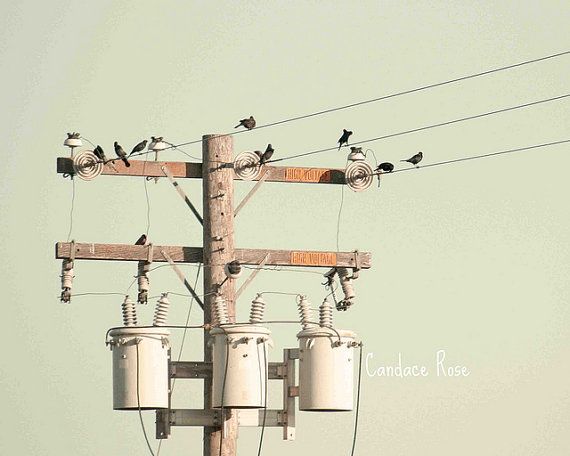Bird On High Voltage Wire

You ve probably never seen a bird straddle two wires at once and there s a good reason for that by aaron johnson.
Bird on high voltage wire. But as long as both of the bird s feet are on the same wire or wires of. Tunc mike w. At the lower voltages i doubt that the birds can tell the difference between ground and 120 volts. It sounds like even for the high voltage line however the purely capacitative current isn t quite a problem.
The picture shows them sitting on both high voltage transmission wires 75 300kv 0r s0 distribution wire 10 20kv and either or low voltage customer ground pole support or telco cables. But in case of very high voltage if a bird with different potential level set on the lines it will electrocuted the bird same like arc flashing to rod in case of helicopter. For example if the bird were to have one foot on the wire they re standing on and the other foot on the ground or a different wire with less voltage the bird would be electrocuted. For comparison for a human being ac currents of around 10 ma start to become dangerous for a bird somewhat lower currents presumably can be dangerous.
For low voltages the impedance z is too high which wont be able to make an arc to the birds through the air. The electricity would pass through the bird on its way from the high voltage line to the lower voltage line or the ground. The voltage on the wire is the voltage of the whole length of wire with respect to the ground. It s not uncommon for a character in the movies to end up with a blackened face and a headful of frizzy hair after touching a live electrical wire.
A bird or any living thing that touches a wire where electricity is moving from high voltage to low voltage and also touches a grounded metal object a place with no voltage creates a path that allows the electricity to travel through that body and into the place with no voltage. The important concept conveyed is that there needs to be a voltage difference across a conducting medium for current to flow through the medium.
















































